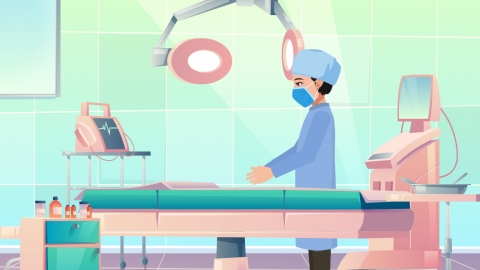How many days after gallbladder stone removal surgery should the stitches be removed?
Generally, the suture removal time after cholecystectomy depends on the surgical approach. For laparoscopic minimally invasive surgery, sutures are typically removed around 7 days postoperatively, while open abdominal surgery usually requires 10–14 days. The exact timing should be adjusted based on the wound healing condition. Detailed analysis is as follows:

Laparoscopic minimally invasive surgery involves smaller incisions, typically three to four abdominal cuts measuring 0.5–1 cm each, causing less trauma to the body and allowing faster wound healing. If there are no complications such as infection or fluid discharge, sutures can usually be removed about 7 days after surgery. It is important to keep the wound dry and clean, avoid friction, and minimize the risk of infection.
Open surgery involves a larger incision, generally 10–15 cm in length, resulting in greater tissue damage to the abdominal wall and a longer healing period. Sutures are typically removed 10–14 days after surgery. In patients who are older, malnourished, or have underlying conditions such as diabetes, wound healing may be delayed, requiring a later suture removal time, which should be determined after evaluation by a physician.
Regardless of the surgical method, the wound should be monitored before suture removal for signs of infection such as redness, increased pain, or discharge. Any abnormalities should be promptly addressed. In daily life, patients should ensure adequate intake of protein and vitamins after surgery to promote wound healing, avoid strenuous physical activity to prevent wound dehiscence, and support overall recovery.






